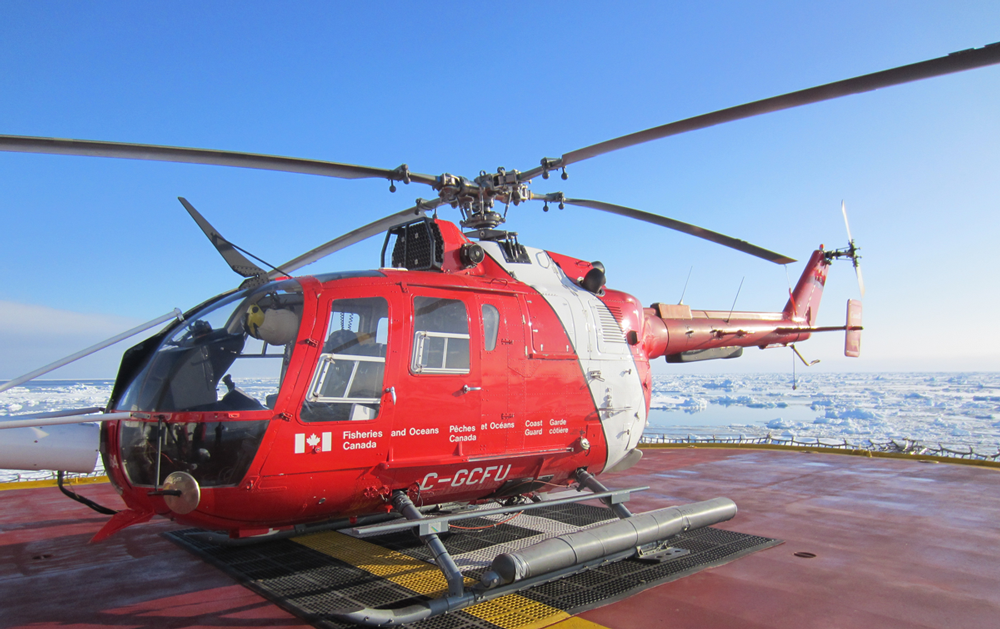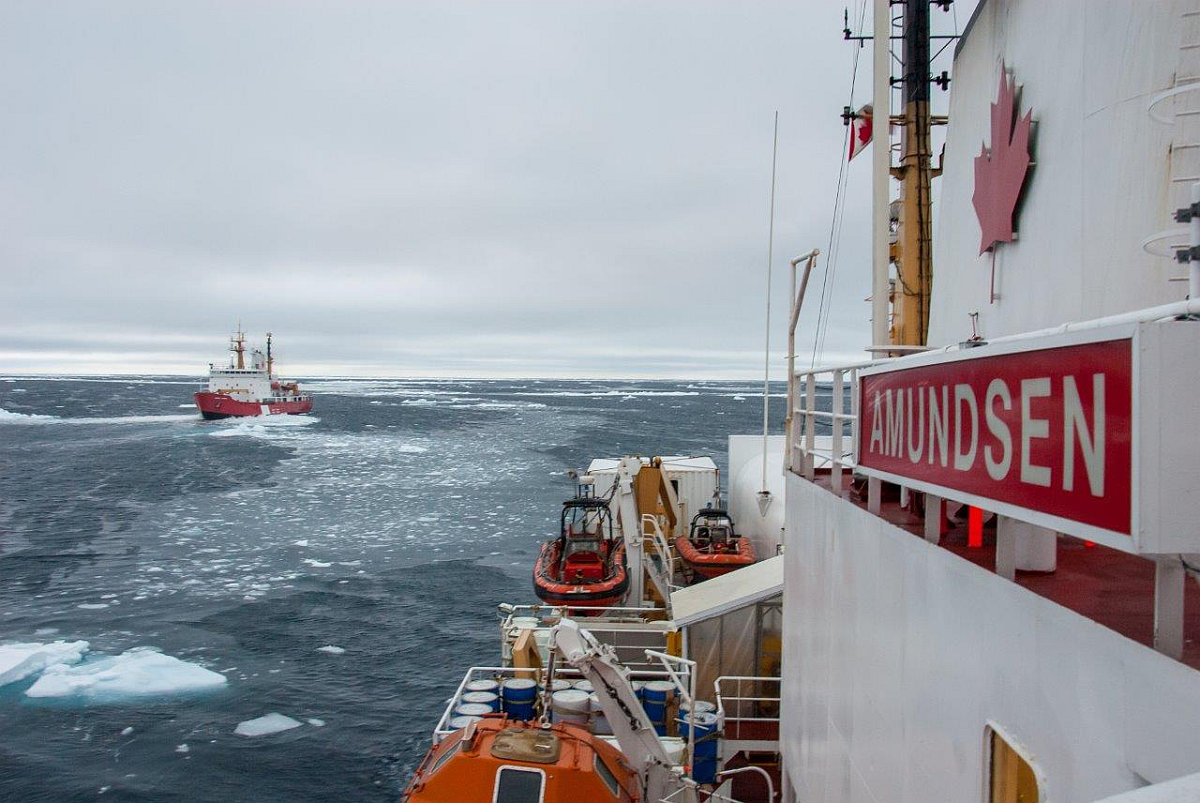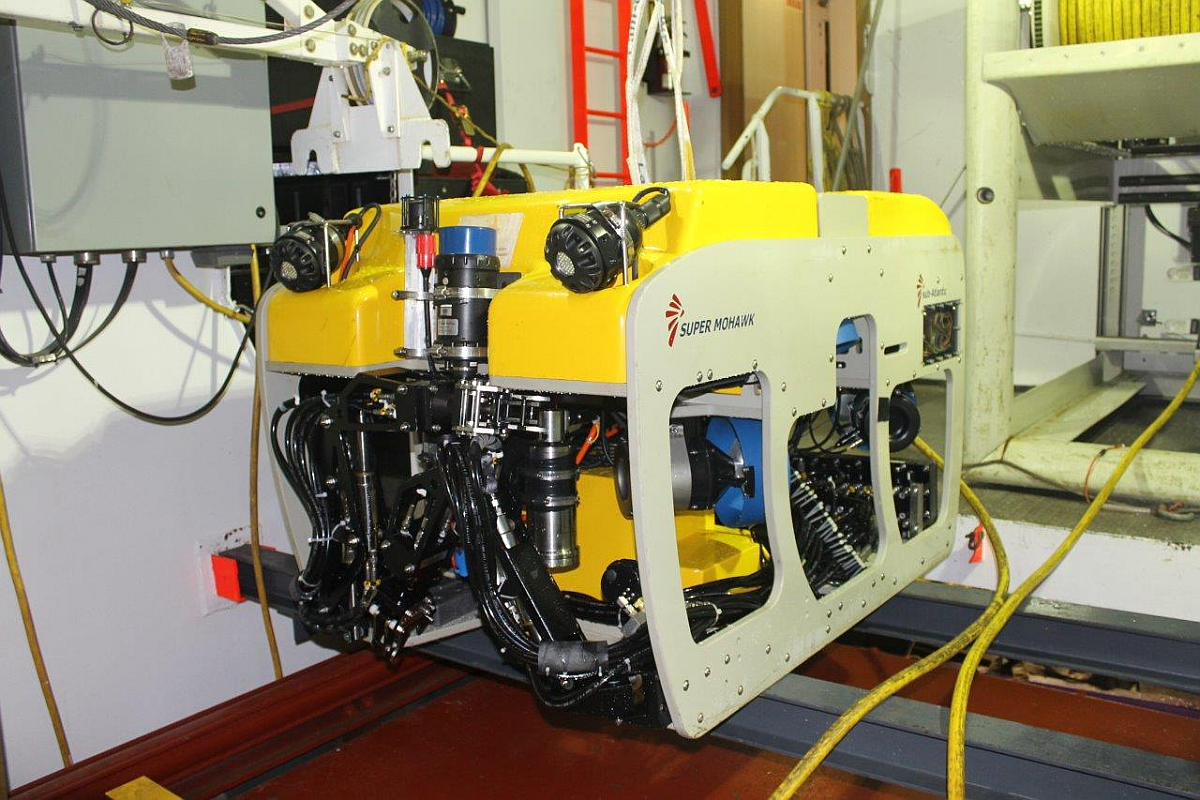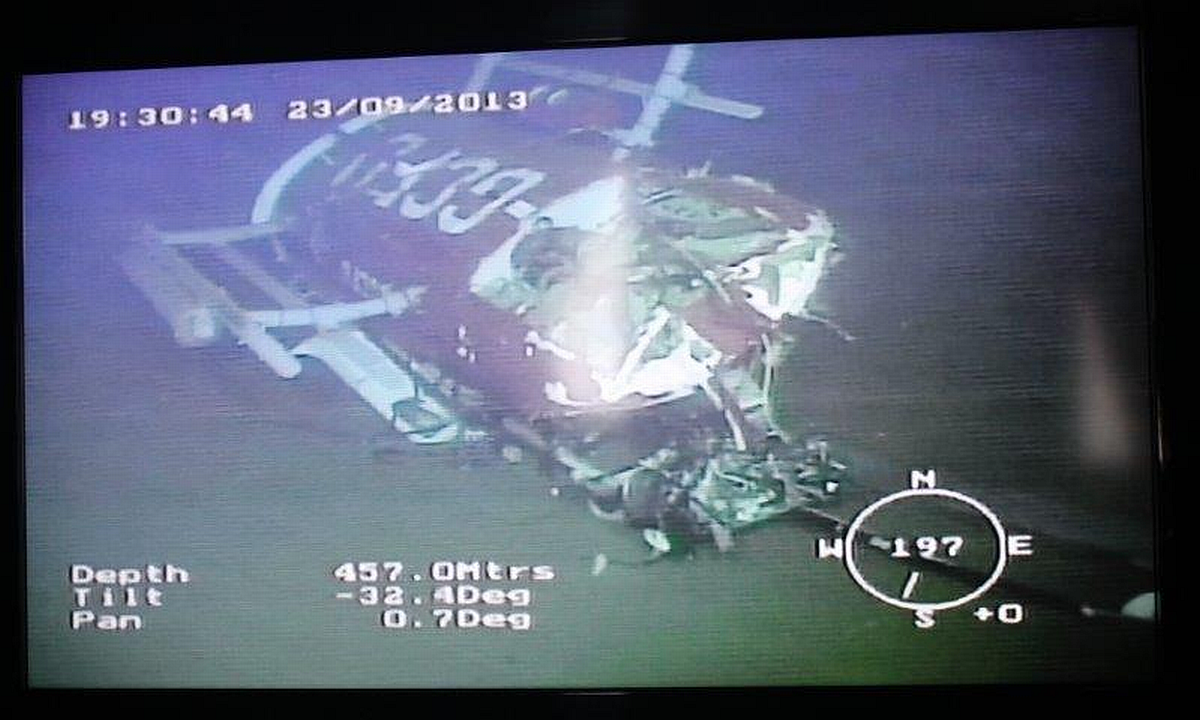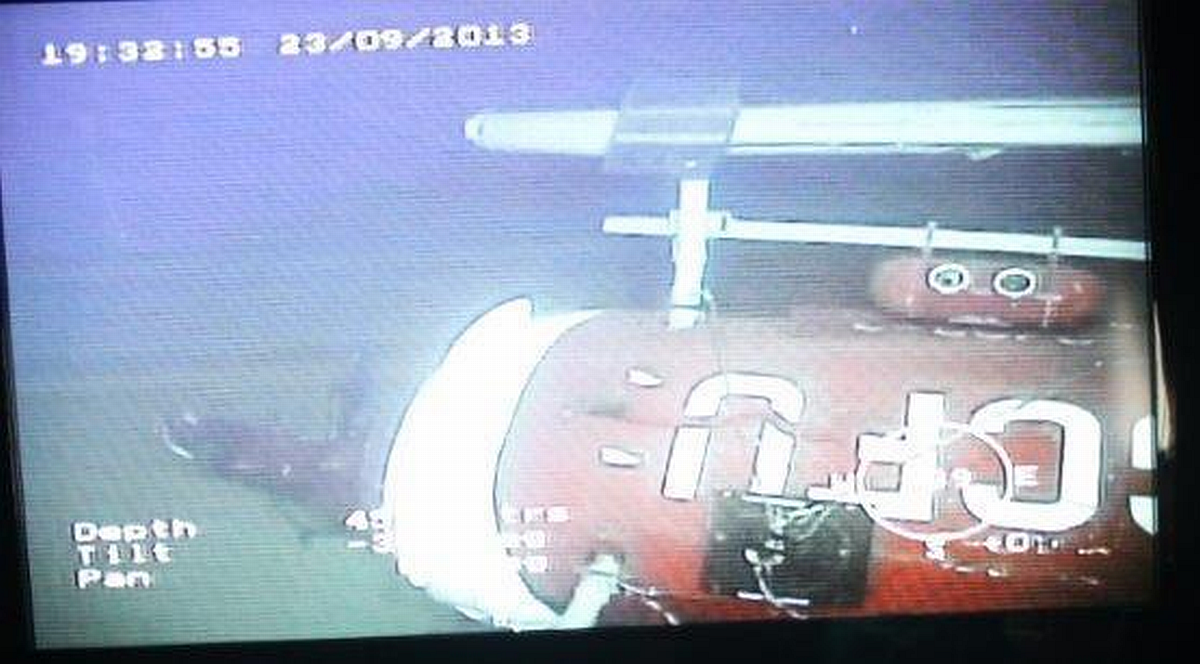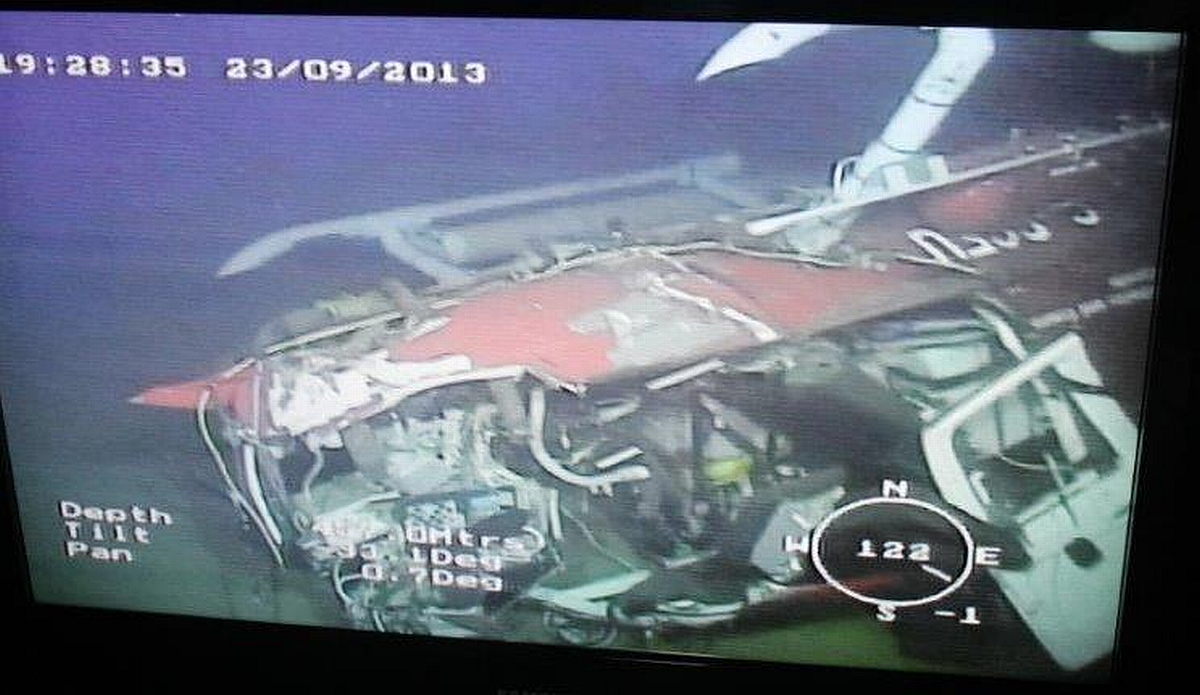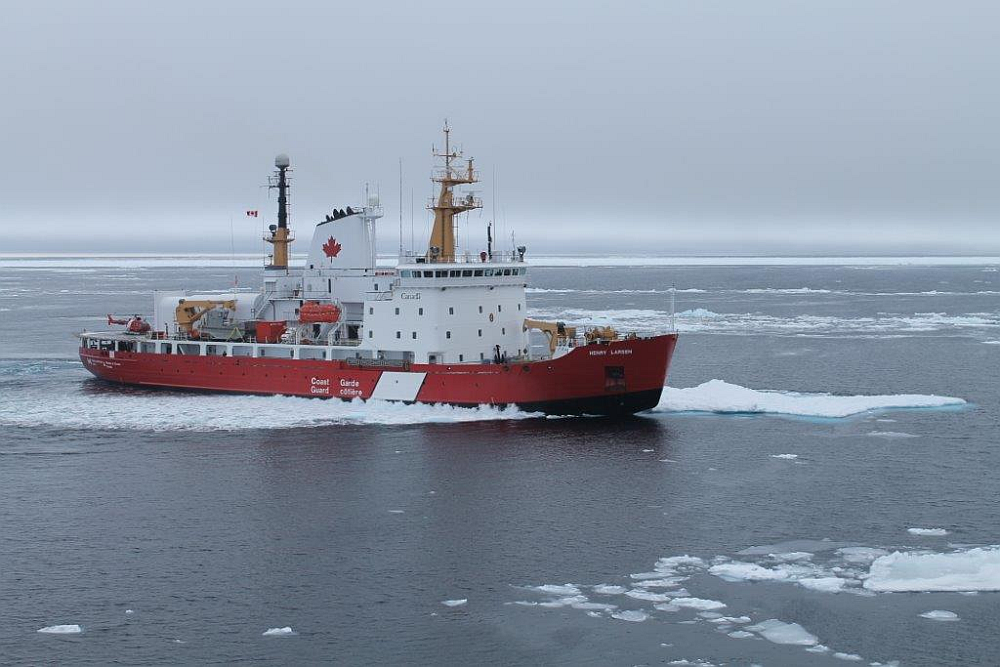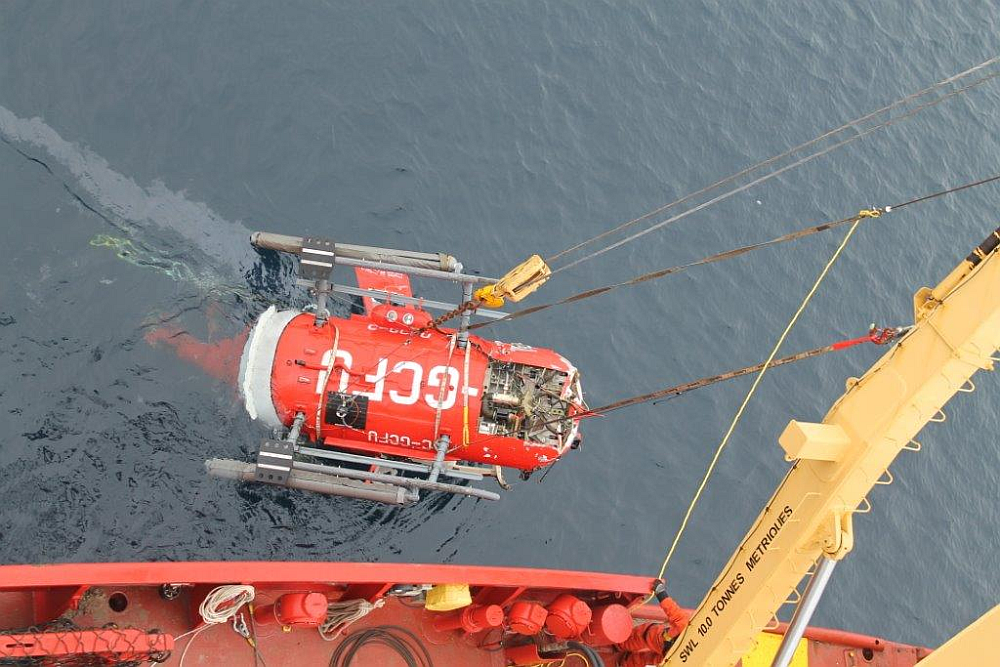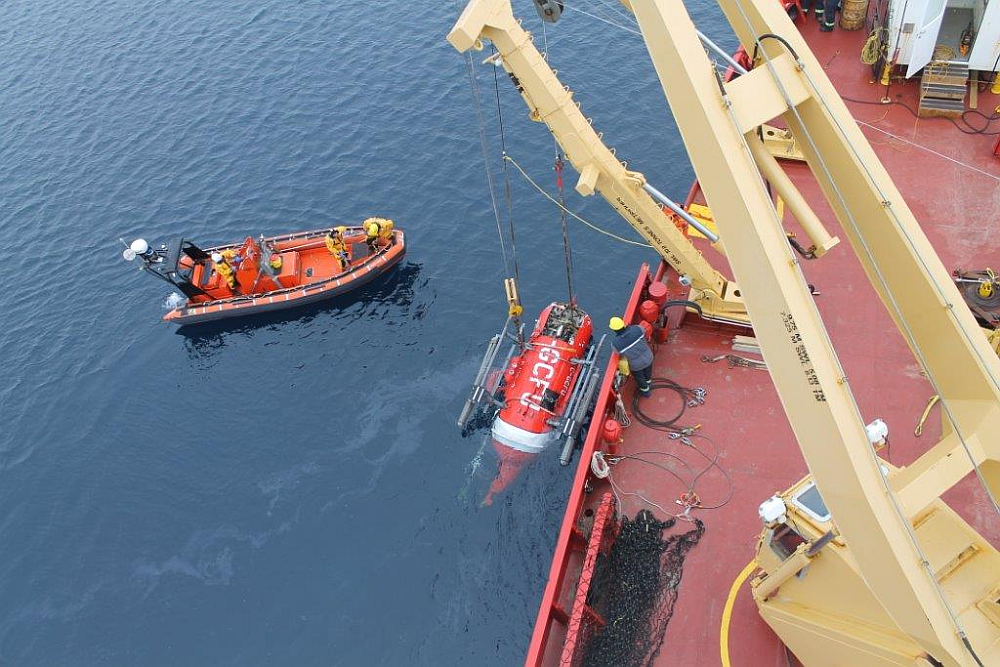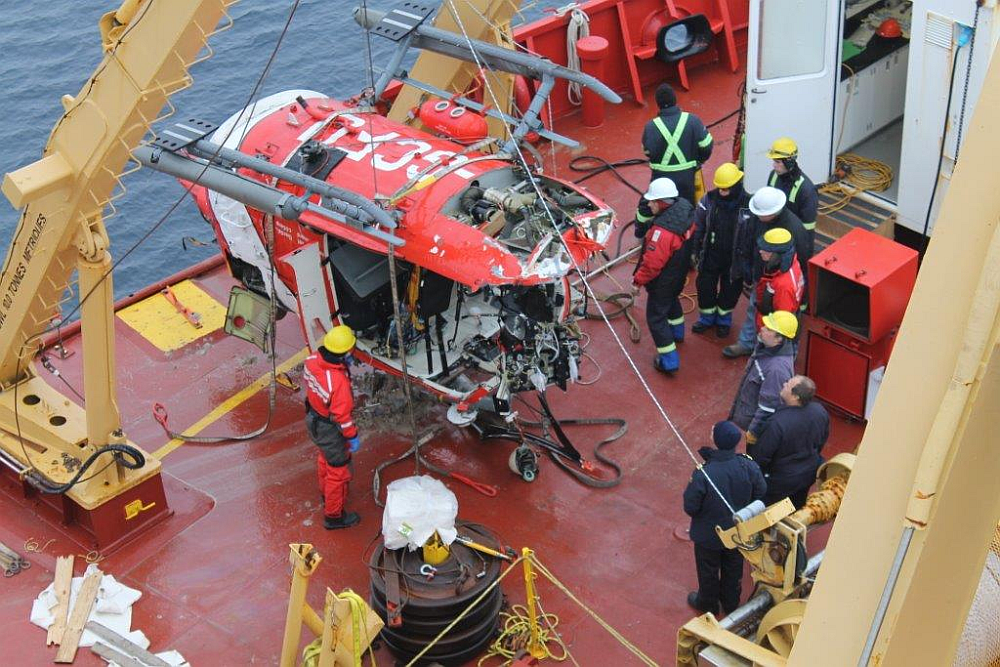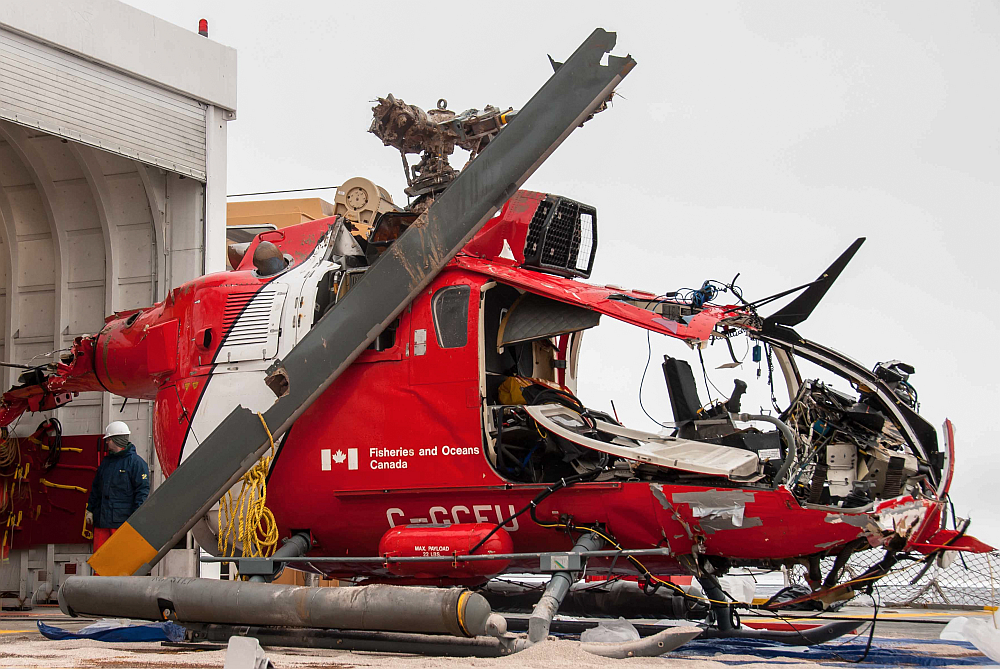Collision with water
Government of Canada, Department of Transport
MBB BO 105 S CDN-BS-4 (helicopter) C-GCFU
M’Clure Strait, Northwest Territories
The occurrence
On 09 September 2013, at 1638 Mountain Daylight Time, the Canadian Coast Guard Messerschmitt-Bölkow-Blohm BO 105 S CDN-BS-4 helicopter (registration C-GCFU, serial number S 727) operated by the Government of Canada, Department of Transport, call sign CCG364, took off from the Canadian Coast Guard Ship (CCGS) Amundsen with 1 pilot, the vessel's master and a scientist on board for a combined ice measurement and reconnaissance mission in the M'Clure Strait, Northwest Territories.
At 1738, CCG364 informed the CCGS Amundsen that it would be arriving in 10 minutes. When the helicopter had not arrived, its position was checked on the flight following system at 1805, which was displaying the helicopter's position as 3.2 nautical miles from the vessel. Starting at 1818, the CCGS Amundsen's crew attempted several times to communicate by radio with the pilot, without success. At 1824, the vessel proceeded toward the helicopter's last position displayed on the flight following system. At 1847, debris was spotted. The 3 occupants were recovered using the vessel's fast rescue craft; none of them survived. The helicopter sank in 458 m of water. The accident occurred during daylight. No 406-MHz emergency locator transmitter signal was received by the satellite system.
Media materials
News releases
Lack of visual cues led to fatal 2013 crash of Canadian Coast Guard helicopter in M’Clure Strait, Northwest Territories
Read the news release
Team recovers Canadian Coast Guard helicopter from the Arctic Ocean
Read the news release
Team locates sunken Canadian Coast Guard helicopter in Arctic
Read the news release
Deployment notice
TSB has launched an investigation into the crash of a Canadian Coast Guard helicopter in the M'Clure Strait, north of Banks Island, Northwest Territories
Edmonton, Alberta, 10 September 2013 — The Transportation Safety Board of Canada (TSB) is launching an investigation into the crash of a Canadian Coast Guard (CCG) helicopter. The CCG helicopter, operated by Transport Canada, departed from the CCG vessel Amundsen and crashed in the M'Clure Strait, off the coast of Banks Island, Northwest Territories. The TSB is gathering information and will be deploying.
Animation
ArcticNet ROV locates the sunken Canadian Coast Guard helicopter
Investigation information
Download high-resolution photos from the TSB Flickr page.
Class of investigation
This is a class 3 investigation. These investigations analyze a small number of safety issues, and may result in recommendations. Class 3 investigations are generally completed within 450 days. For more information, see the Policy on Occurrence Classification.
TSB investigation process
There are 3 phases to a TSB investigation
- Field phase: a team of investigators examines the occurrence site and wreckage, interviews witnesses and collects pertinent information.
- Examination and analysis phase: the TSB reviews pertinent records, tests components of the wreckage in the lab, determines the sequence of events and identifies safety deficiencies. When safety deficiencies are suspected or confirmed, the TSB advises the appropriate authority without waiting until publication of the final report.
- Report phase: a confidential draft report is approved by the Board and sent to persons and corporations who are directly concerned by the report. They then have the opportunity to dispute or correct information they believe to be incorrect. The Board considers all representations before approving the final report, which is subsequently released to the public.
For more information, see our Investigation process page.
The TSB is an independent agency that investigates air, marine, pipeline, and rail transportation occurrences. Its sole aim is the advancement of transportation safety. It is not the function of the Board to assign fault or determine civil or criminal liability.
